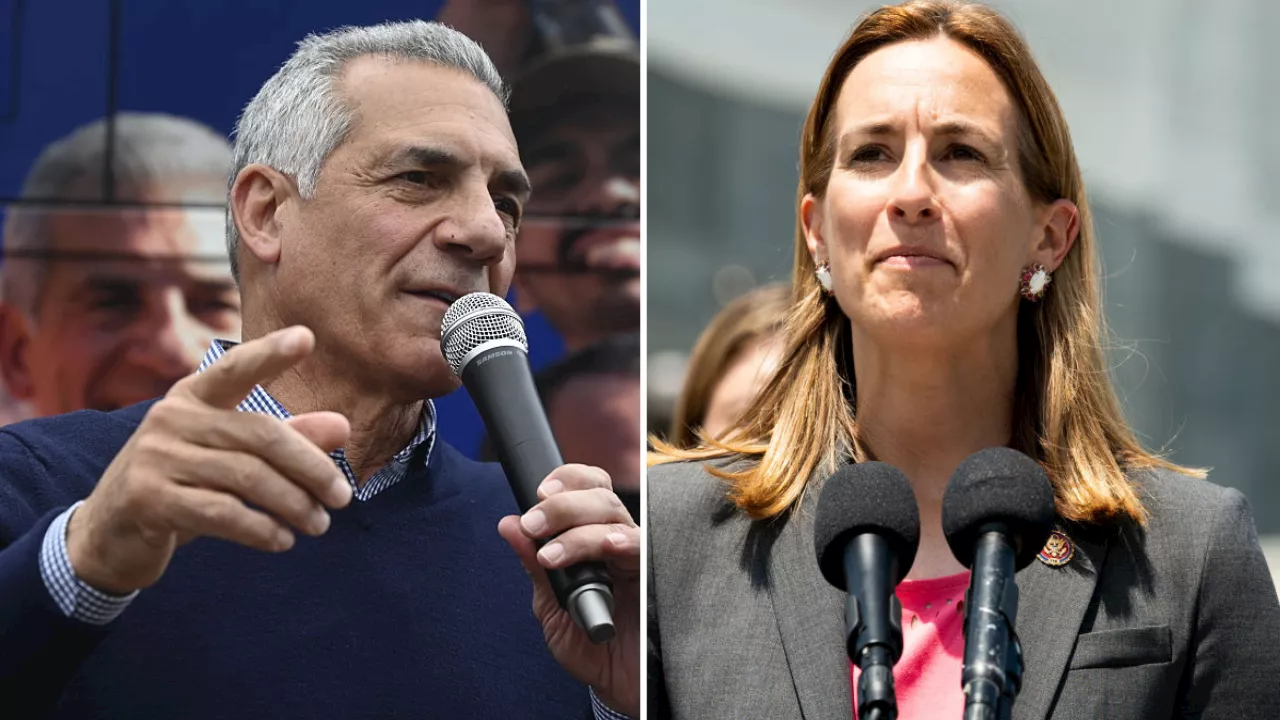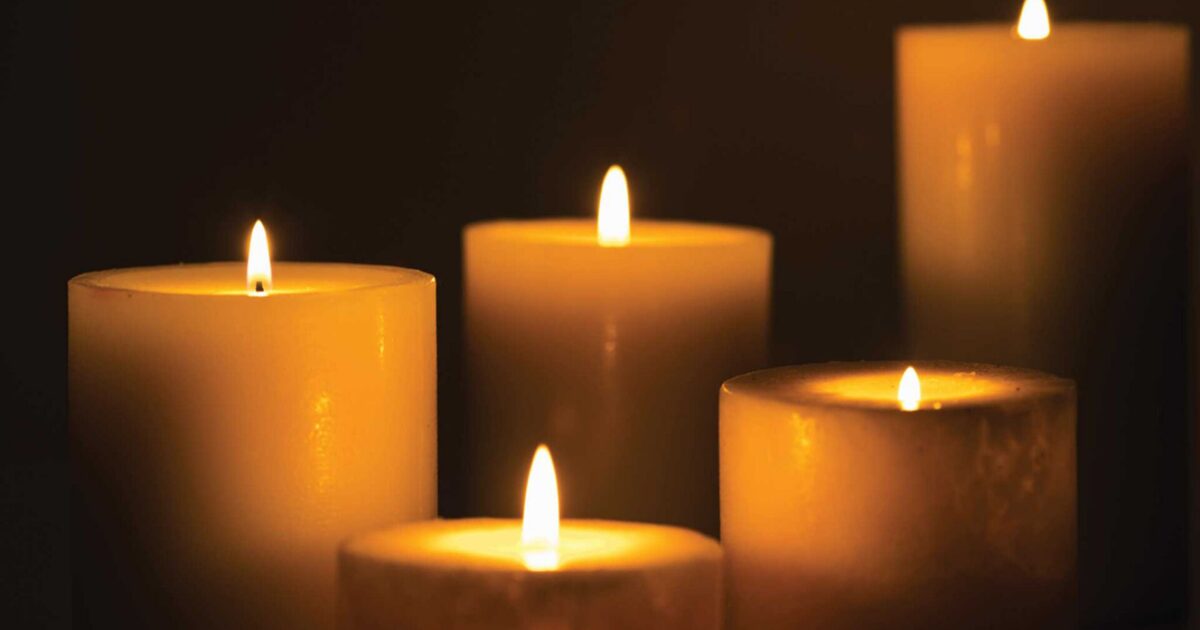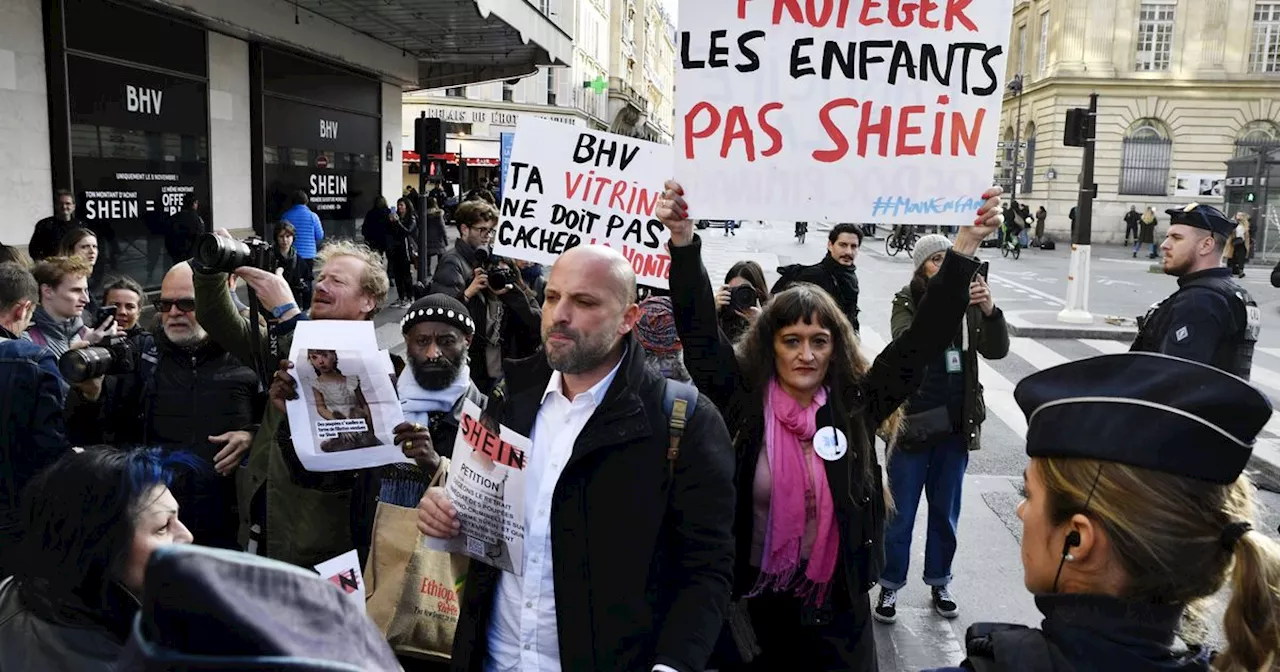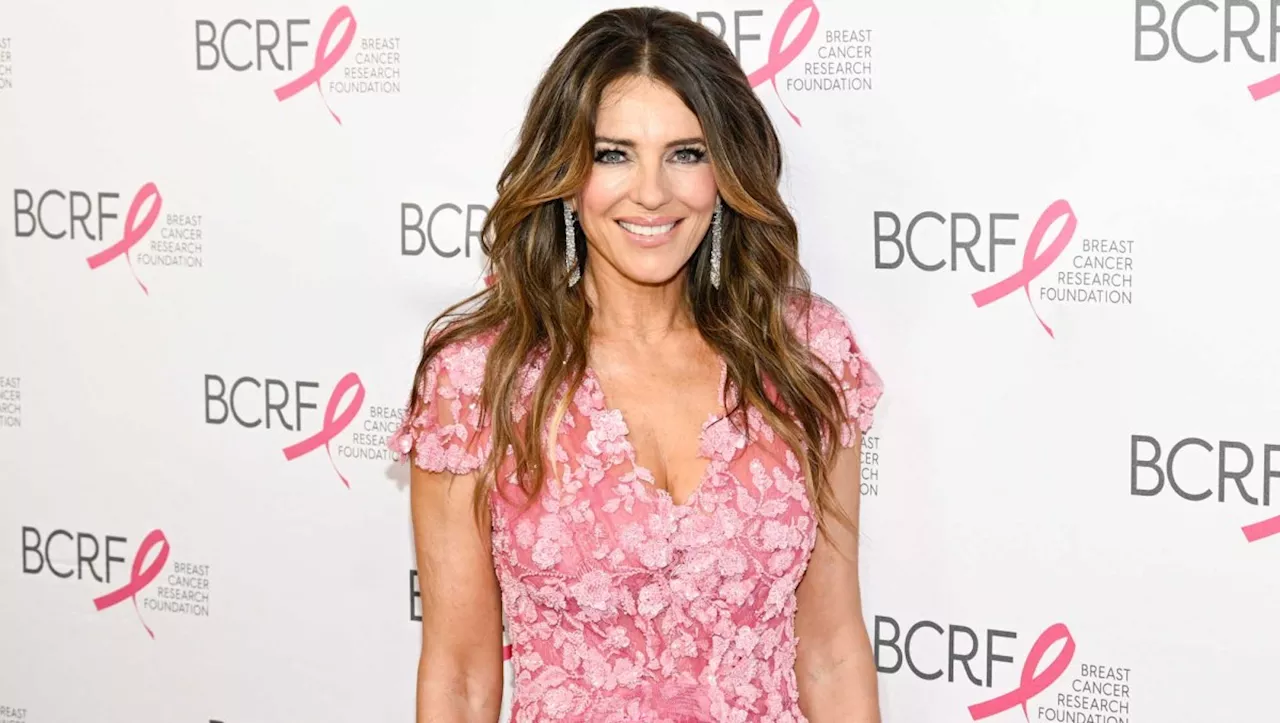Mexican American families across the United States are gathering this weekend to celebrate the Day of the Dead, or Día de Muertos, a vibrant tradition that honors deceased loved ones with altars, marigolds, and sugar skulls. This year, the celebration highlights a delicate balance between preserving the deep-rooted customs and adapting to modern influences, as the event gains both popularity and commercial appeal.
Traditionally, Día de Muertos is an intimate family affair, characterized by the creation of ofrendas—home altars adorned with photographs, flowers, and offerings of food that the deceased enjoyed. Families visit cemeteries to decorate graves with marigolds and sugar skulls, creating a festive atmosphere that welcomes back their loved ones temporarily. According to Cesáreo Moreno, the chief curator of the National Museum of Mexican Art in Chicago, the tradition has been enriched by cultural exchanges, especially following the release of Disney’s animated film “Coco” in 2017.
Moreno explains that the film has made Día de Muertos more popular in the U.S., encouraging a broader audience to appreciate its significance. “It provided a way for people who do not belong to the Mexican American community to learn about the tradition,” he said. However, this increased visibility has also led to commercialization, with American cities hosting festivals and businesses selling themed products, including ofrenda kits in major retail stores like Target and Wal-Mart.
While many embrace the evolution of Día de Muertos, some community members express concern over the potential dilution of its cultural essence. In recent years, a trend towards minimalist altars, lacking the traditional vibrancy of flowers and papel picado (colorful paper decorations), has emerged. Ana Cecy Lerma, a Mexican American from Texas, believes this shift may cater more to aesthetic preferences for social media rather than honoring the true spirit of the celebration. “If your reasoning is merely that you like how it looks, then I feel that’s losing a bit of the reason as to why we make altars,” Lerma remarked.
Sehila Mota Casper, director of Latinos in Heritage Conservation, warns that the commercialization of Día de Muertos risks cultural appropriation. “American businesses are trying to make money out of Día de Muertos as they have with Cinco de Mayo, focusing on profit rather than culture,” she stated. This sentiment resonates with many who fear that the celebration could become unrecognizable if it continues to veer away from its cultural roots.
Beth McRae, who has created an altar for Día de Muertos since 1994, acknowledges the importance of respecting the tradition while also promoting awareness. Living in areas with rich Latino culture, she has built a collection of over 1,000 pieces related to the celebration. McRae emphasizes that her approach to the ofrenda is rooted in respect and love for her deceased loved ones. “It’s done with respect and love, but it’s an opportunity to raise awareness for people unfamiliar with the culture,” she explained.
Salvador Ordorica, a first-generation Mexican American in Los Angeles, believes that adapting traditions is essential for their preservation. “I think it’s okay for traditions to change. It’s a way to really keep that tradition alive as long as the core of the tradition remains in place,” he stated. This perspective reflects a broader understanding within the community that while the essence of Día de Muertos should remain intact, the ways in which it is celebrated can evolve.
As families across the U.S. prepare their ofrendas and gather to honor their ancestors this weekend, the conversation surrounding the balance of tradition and modernity in Día de Muertos continues. The challenge lies in ensuring that while the celebration may adapt, its core values of remembrance, love, and connection endure.







